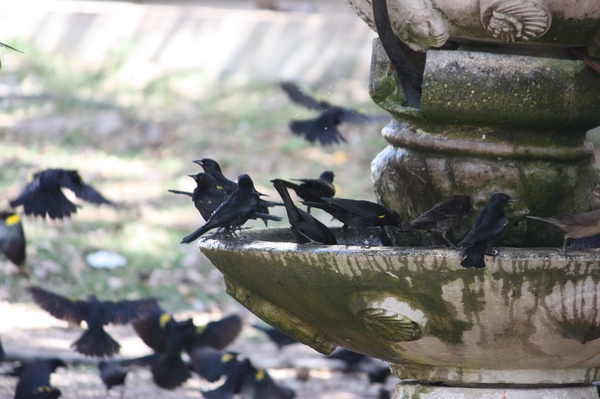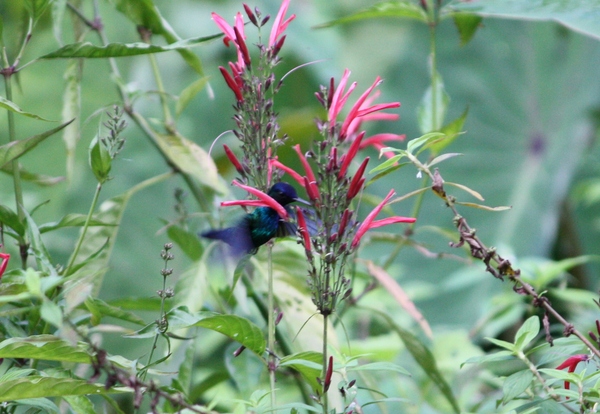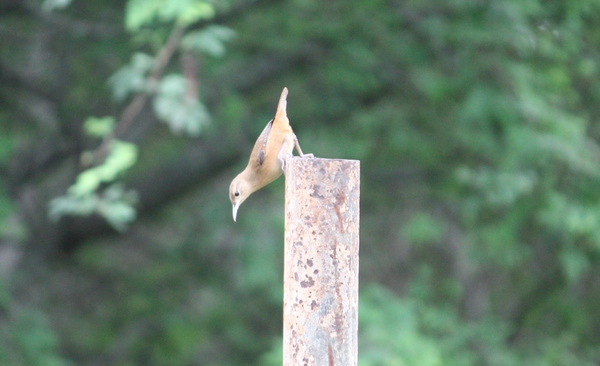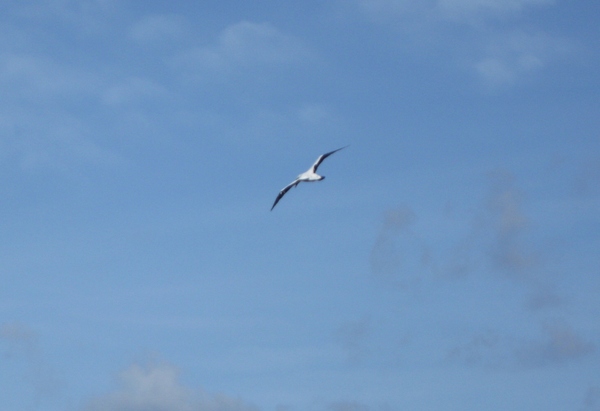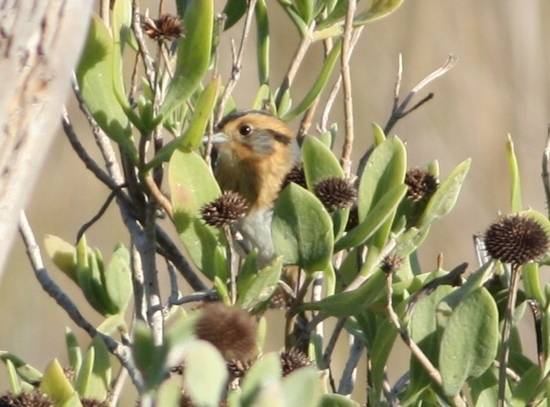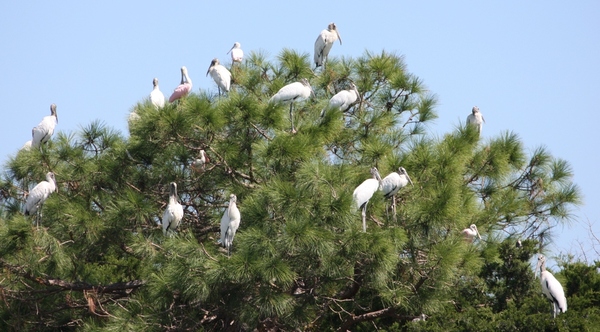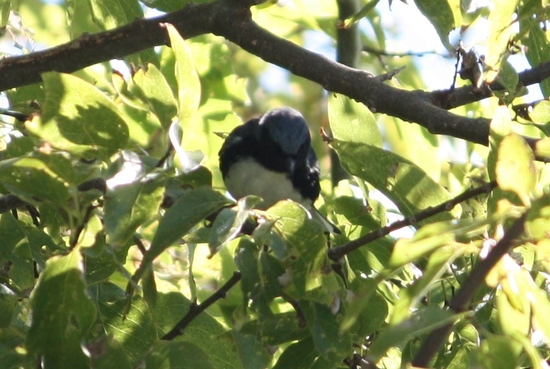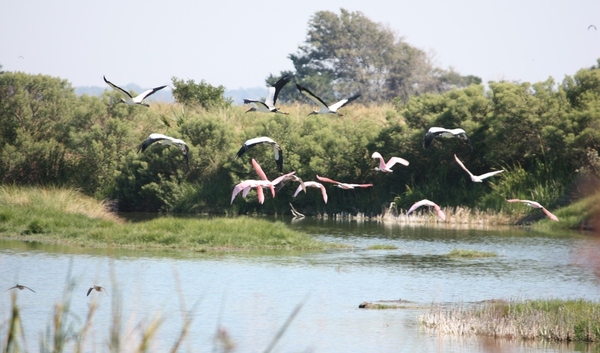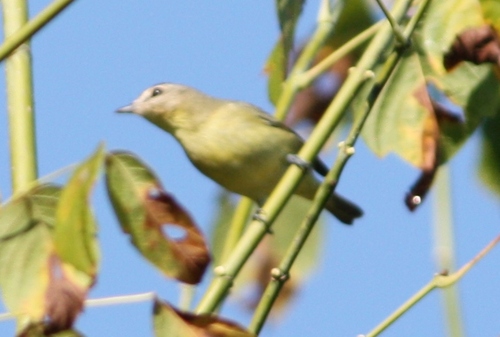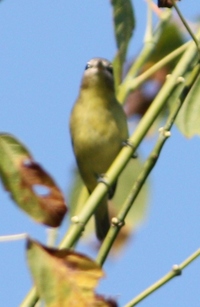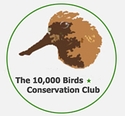Puerto Rico, Day 2
December 9
The bird I wanted to see most in Puerto Rico (besides the parrot, of course, which wasn’t going to happen) was the Elfin-woods Warbler. This little sprite of the high altitude forests wasn’t even discovered until 1968. That should tell you that it’s not the easiest bird to find. The best place to see it is around the Forest Service compound in the Maricao State Forest, so that’s were we headed on our first full day in Puerto Rico.
It took about an hour to get there from Parguera. I had read on other trip reports that it can be tough to find the road from Sabana Grande that goes up to Maricao. I can attest to that – we had a map on my iPhone, and still missed it! That road is very steep and winding, so you can’t drive any faster than the posted speed limit of 25 mph. So allow plenty of time to get there.
We pulled in about 9:30, a little later than I’d have liked. But it probably wouldn’t have mattered if we had gotten there any earlier; the weather was not cooperating. It was a little foggy, with a constant, strong wind. The wind made it almost impossible to see or hear anything. We took the trail up past the gate at the electric station thing. It probably took over 15 minutes to even see the first bird. It was a quick-moving thing that could have been a Puerto Rican Vireo, but I’m not sure. A pair of Puerto Rican Spindalis were much more cooperative. The male was so much more vivid and pretty than I had been expecting. There was also a Cape May Warbler and Gray Kingbird.
Before leaving, I tried birding the area around the forest service buildings. I kept hearing birds in the trees above, but was only able to catch quick glimpses. After what seemed like forever, I determined they were Puerto Rican Tanagers. That was my second lifer of the day, but only the fourth species overall. In two and a half hours. I can’t recall a more frustrating birding experience. The wind was that bad.
We then drove north toward Maricao to get some lunch. Afterward, I thought we’d check out the grounds of Hacienda Juanita, a bed-and-breakfast type place that is known for having some good birds. When we pulled in, we didn’t see a single person or car there. It was a little odd, but I walked around the parking area and down a little trail. In addition to the ubiquitous Gray Kingbird and Bananaquit, I finally got decent looks at the two endemic hummingbirds – Puerto Rican Emerald and Green Mango. It was a good thing, too, I wouldn’t see either again.
Hoping the wind had died down, we gave Maricao one more try. It was indeed less windy, and I very quickly came upon some tanagers that were much more obliging.
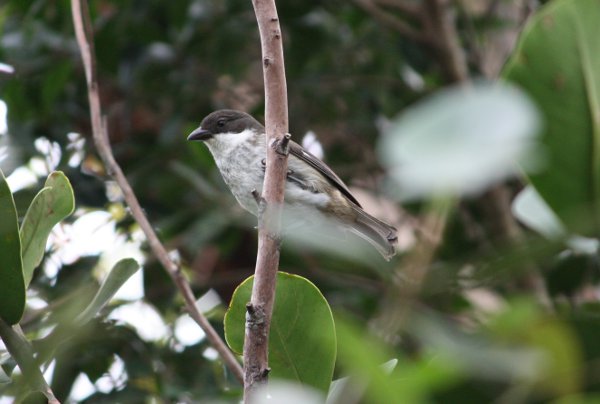
But even better was this beauty that was accompanying them.
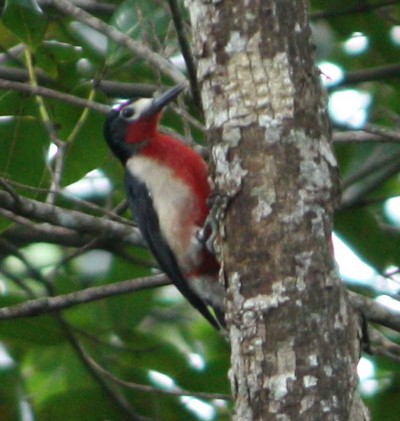
The Puerto Rican Woodpecker is one of the most striking birds, not to mention woodpeckers, that I’ve ever seen. For my money, they come pretty close to rivaling the Red-headed Woodpecker.
Further down the trail, I got decent looks, but not photos, of Puerto Rican Tody and Puerto Rican Bullfinch. But it was still fairly quiet. At least it was until I was almost back to the car. Just past the gate is a clearing with the ruins of an old house. When I got back there I could hear tanagers. I’ve read that PR Tanagers are often the nucleus of mixed-species flocks, and that was certainly the case here. In addition to the tanagers I spied another tody and woodpecker, along with several Bananaquits. I got another endemic lifer when I spotted a Puerto Rican Vireo amongst them. But I was really hoping this flock would contain an Elfin-woods Warbler. A Black-and-white Warbler got my hopes up for a second, being the same colors as the Elfin. At one point, I did see a very likely candidate, but I did not see the face or streaking underneath. But even with extensive pishing, I never got more than a single, quick glance.
But even without the warbler, this was a much more productive visit. It seems that the key is to bird here when there’s little wind. And to run into a mixed flock.
I also wanted to try for the nightjar at Guanica State Forest again. But this time, we got to the gate at the end of PR 334 before dark, around 5:30. It was locked, as expected, so I parked and walked up the road for a ways, birding while it was still light enough to do so. I heard a Puerto Rican Lizard-cuckoo, but couldn’t entice it out where I could see it. I had much better luck with Adelaide’s Warbler. I wish every bird was this responsive to pishing!
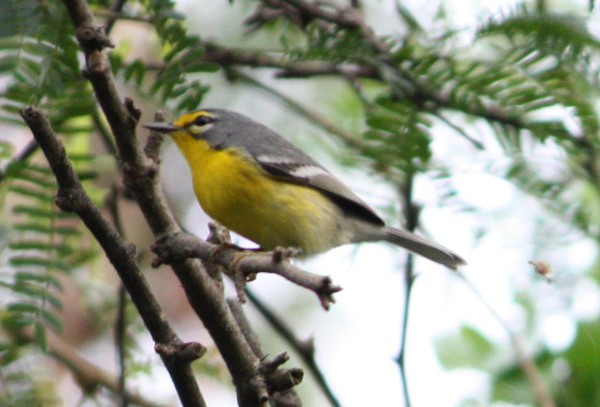
When it was getting dark, I stationed myself at a bend in the road, about a quarter mile from the gate. I was hoping this was a good spot to listen for Puerto Rican Nightjars and Screech-owls. At 6:21 I heard a single Puerto Rican Nightjar, but it sounded fairly distant. But I never saw one, and didn’t even hear an owl, despite using some playback (I did not play a call of the nightjar, a critically endangered species).
On the plus side, mosquitoes weren’t an issue. They would have been, however, without my patent-pending Personal Mosquito Deterrent System, commonly known as bats. Once it got dark, I could hear them flying around me and see them pass through the beam of my flashlight. I was very grateful for their services and hope they were well compensated.
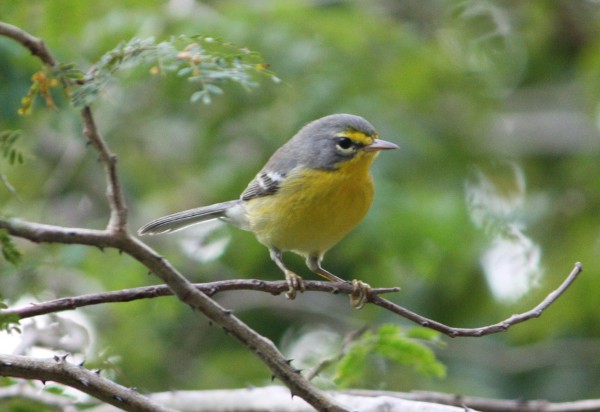
I wish every warbler were as easy to see and photograph as Puerto Rico's endemic Adelaide's Warbler
 Posted in
Posted in 
